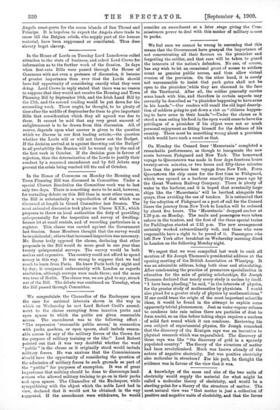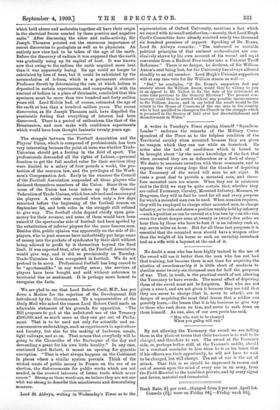A knowledge of the mass and size of the two
units of electricity would supply the material for what might be called a molecular .theory of electricity, and would be a starting-point for a theory of the structure of matter. The most natural view was "that matter is just a collection of positive-and negative units of electricity, and that the forces which hold atoms and molecules together all have their origin in-the electrical forces exerted by these positive and negative units." After discussing the ether and radio-activity, Sir Joseph Thomson pointed out the enormous importance of recent discoveries to geologists as well as to physicists. An entirely new view had to be taken of the age of the earth. Before the discovery of radium it was supposed that the earth was gradually using up its capital of heat. It was known now that owing to the radium the earth acquired more heat than it was apparently losing. Its age could no longer be calculated by loss of heat, but it could be calculated by the accumulation of helium, which is a permanent element. Professor Strutt by determining the rate at which helium is deposited in certain experiments, and comparing it with the amount of helium in a piece of thorianite, concluded that this specimen must be more than two hundred and forty million years old. Lord Kelvin had, of course, estimated the age of the earth at less than a hundred million years. The recent discoveries, as Sir Joseph Thomson said, have dispelled the pessimistic feeling that everything of interest had been discovered. There is a period of enthusiasm like that of the Renaissance, and men make with confidence experiments which would have been thought fantastic twenty years ago.







































 Previous page
Previous page